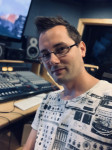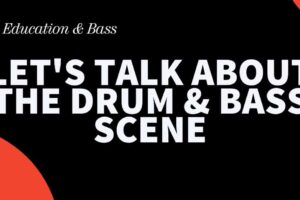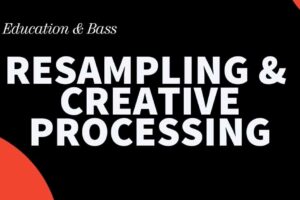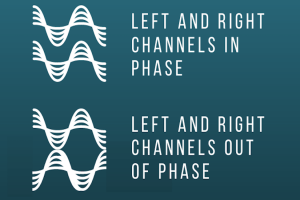RSL Grade 6
RSL Grade 6
Topics Covered: Effects, Analogue Connections, File Formats, Recording in a Studio, Acoustics
Genres: House, R’n’B
Theory (25% of overall grade)
At Grade 6 the theory content covered will include subject areas such as creative uses for studio hardware, lossy audio formats, balanced audio, cloud storage, plugins, multi microphone technique, automation, basic software synthesis, dynamic range and sound isolation.
At Grade 6 candidates will be expected to:
- Explain how to use studio equipment for creative purposes, to include adding reverberation, creating a pumping sound with a compressor, ducking
- Explain the terms ‘lossy’ and lossless audio formats, naming examples of each
- Explain balanced audio, its purpose, advantages, technology
- Explain cloud storage, its purpose, advantages, disadvantages
- Explain creative uses of specified plugins, to include EQ, reverb, delay, compressors, gates, pitch correction
- Explain stereo ambient microphone techniques, to include enhancing drum recordings, specifying appropriate technique
- Explain automation, its purpose, advantages, and techniques
- Explain the basics of sound synthesis, including oscillators, low frequency oscillators, envelopes, amplifiers
- Explain dynamic range, headroom and signal to noise ratio
Listening Test (15% of overall grade)
The listening test will present candidates with questions relating to sonic fidelity, music theory and harmony and stylistic awareness. Audio files will be presented to the candidates and questions will relate specifically to the relevant audio file. This will assess the candidate’s ability to hear and interpret:
Sonic Fidelity
Identifying industry standard effects.
Music Theory & Harmony
Identify diminished and augmented triads and genre specific drum grooves.
Stylistic Awareness
Identifying specific genres.
At Grade 6 candidates will be expected to:
- Identify the difference between spatial effects: reverb and delay
- Identify the difference between phase effects: chorus and flanger
- Identify multiple effects stacked on one sound
- Identify diminished and augmented triads
- Identify genre by solo drum grooves alone
- Introducing modern electronic music genres – house and modern R’n’B
Practical Assessment (60% of overall grade)
The Coursework Task combines:
Technical Skills
At Grade 6 the technical skills will centre around adding effects using buses and auxiliaries.
Coursework Task
The candidate will be presented with a situation and must choose and implement appropriate technique to resolve the scenario. At Grade 6 the candidate may choose to specialise in Audio Production, Electronic Music Production or Sound for Media:
- Audio Production: The scenario will require the use of automation to fix a dynamically uneven vocal recording
- Electronic Music Production: The scenario will require the creation of an original synth patch that works with the provided drum groove
- Sound for Media: The scenario will require the candidate to create a suitable sonic or musical atmosphere to the provided image
Candidates must complete the Coursework Task before their exam and will be asked to upload the Task and the screen shots specified in the Coursework Task, during the exam. The completed session files must be appropriately named, saved and shared with your examiner as instructed, including all associated audio files. It is vital that candidates are able to accurately save their work as failure to do so will result in an unclassified mark.
Candidates will need to answer questions regarding the Task during the exam. These will focus on:
- The skills used to complete the Task
- How candidates approached the professional nature of the Task
- How candidates interpreted the creative elements




